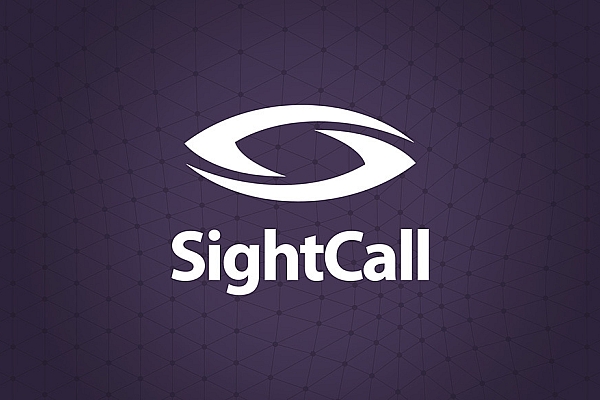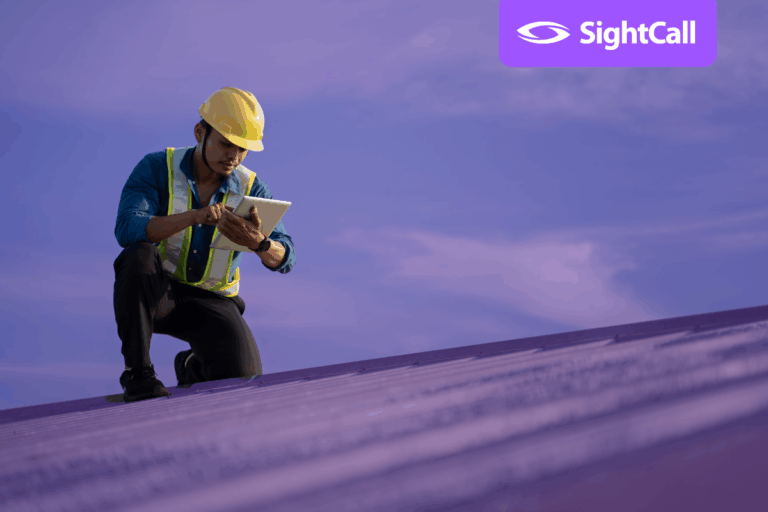Worries about intensified competition, growing customer expectations, an aging workforce, and today’s quickly-evolving technological environment are keeping field service industry leaders up at night.
The field service industry is experiencing fundamental changes in their interaction and interfaces that are making their past systems and processes obsolete. These changes come from the evolution of the way humans interact with data and machines. The past two decades have demonstrated how quickly humans can develop new machines and adapt to them. We quickly conditioned ourselves to keyboards and then touch screens to start, while the quickly-approaching future will rely heavily on augmented and virtual realities.
I watch my 15-year-old son do his homework, and it highlights this technological evolution. His smartphone and laptop have replaced the books, paper, and pen that I used as a child. Homework assignments are now done online. Google and YouTube have replaced library books; Snapchat is used to instantly compare results with his friends.
As these technologies permeate our daily lives, the workplace will only become increasingly complex. For the field service industry, where technicians are tasked with repairing machinery amidst rapid technological advancements, this complexity can present a myriad of challenges.
In 2015, The Service Council surveyed field service industry professionals to identify the challenges that they are facing. They highlighted that 70% of the field service professionals envisioned an outflow of experienced field service talent leading to:
- The loss of their knowledge and expertise
- The loss of their connections and relationships with customers
- The loss of their work ethic and reliability
Of that 70% in Chart 1, one-half are dealing with a retiring workforce now, while another half expect to face the challenges associated with a retiring workforce in the next 5-10 years.
In 2017, The Service Council prepared another survey named, “A Sustainable Field Service Workforce: The Service Council’s Guide to Successfully Navigating the Retirement Crisis.”
Here we learned:
- There is a looming talent crisis in the field service industry due to a large retiring workforce and insufficient incoming workforce
- Dispatch-less service models will reduce the overall field service burden, but won’t eliminate the need for new field service talent
- To solve the talent crisis organizations must align their business, workforce, and technology strategies
Key Data Points (Percentage of Respondents)
- 70% are concerned about the knowledge loss from a retiring field workforce
- 52% plan to address the aging workforce challenge by developing a succession planning regimen for field service
- 52% are looking to introduce mentorship programs to help connect their multigenerational workforces
- 58% believe that an aging workforce will drive interest in Augmented Reality technology
How Can the Field Service Industry Counter Workforce Issues?
Under the weight of these challenges, we must be creative when imagining how an organization might adapt in order to maintain or even increase efficiency. Even if IoT and AI help diagnose and automate standard flow routines in field service, technicians’ days are made of new circumstances and permanent adaption to an infinite variety of environments. As a result, we must think critically about how to digitally transform field service environments to adapt to the increasing pressures facing the industry.
I believe that leveraging augmented reality and video is key to addressing these ever-changing realities, regardless of the complexity and uniqueness of the scenario.
Think of the three common factors that compose every field service call:
- maintenance to perform
- someone on-site to perform actions
- specific skills and knowledge that are required to perform appropriate actions
If we take these factors and integrate augmented reality and remote video assistance, suddenly our issues can be addressed by having someone on-site other than our specifically trained and experienced field technician. This person could be a younger technician, a crowd-sourced technician, or even the customer.
With AR-powered video assistance, we know that a technician can successfully perform maintenance with an 81% chance of increased first-time-fix, while easily accessing any new knowledge and guidance that is required to perform their job. Using a smartphone, this same guidance can be provided to a crowd-sourced technician or a customer.
Below, I have outlined three models where the use of AR-powered video assistance can transform the way an organization approaches field service, by successfully empowering the person on-site.
Augmented Reality Empowered Field Technicians
For field service organizations expecting a talent crisis associated with the loss of knowledge and expertise, developing centralized expertise centers is a straightforward solution. Service organizations can optimize the use of their most talented experts by making them available to help field technicians remotely. These rare resources can help by fixing the most complex situations faced by techs in the field every day, regardless of where they happen.
Several organizations, such as Terex, Bosch, and Valeo created centralized expertise centers using the power of Augmented Reality. Click their names to see video examples of how they have digitally transformed their organizations.
Another thing we learned, while working with field organizations, is that knowledge is not always centralized. This is what some organizations call “tribal knowledge.” In these scenarios, Bob cannot repair a very specific machine, but remembers that Jim can help. These situations are common, and although they usually lead to good success rates, they are sometimes criticized by management for 2 main reasons:
- It is not efficient to use two technicians on site, and disturbing another technician for long discussions impacts timing for both.
- When a second technician must come to handle a repair, their knowledge is not shared and capitalized on by the organization.
Several organizations including Mapfre have equipped their field forces with AR-powered video apps to provide technicians with the ability to help guide each other in an efficient way (a picture is worth 1,000 words) while capturing the knowledge. Now, Bob can call Jim through the app, and Jim can use live video to walk Bob through the repair, providing him with on-the-job training and increased knowledge.
Augmented Reality to Leverage “The Crowd”
We often hear about the “uberisation” of field service. At the heart of the Uber service is that technology allows you to track orders, service, location, delivery, ratings and involve a community of independent workers by using your smartphone.
Moving the field service industry toward an operating environment in which an Uber-like business model will be possible is a complex move requiring a lot of considerations. Most importantly, you must be structured on a platform that’s flexible and configurable, able to quickly facilitate the delivery of your services, like Uber.
A few players have proposed on-the-shelf solutions, helping to navigate this transformation. Coresystems has pioneered “crowd service” – which allows customers to leverage an Uber-like platform to find available field service technicians in real-time.
One of the core questions that every field service executive will highlight while considering this model relates to skills and knowledge. These are core pillars of a successful service organization. It’s one thing to be fast, but another thing to be competent and fix the problem the first time.
This is where Augmented Reality-powered Video Assistance comes into play. It’s easy to empower a crowd technician to perform a task correctly when you have the ability to leverage live assistance from an expert who can see and guide them remotely.
While it may be a bit premature to provide metrics about an “uberised” field service model, we are preparing for its eventual adoption!
Augmented Reality to Leverage “The Customer”
Last but not least, the third model involves the customer in the maintenance and repair loop. While this is not always possible, it should be seriously considered – especially now that the proper tools exist for facilitating a customer-involved repair.
Today, most organizations operate in silos. Field service and customer service are separate parts of an organization with different processes and metrics. What if we bought the success and learning that we’ve had in the customer service organization to field service?
Watch this customer support video done in a BT contact center in the UK. Customer service agents save technician dispatches every week, by guiding the customer to the resolution of their problem using AR video assistance on their smartphones.
A great majority of field service industry leaders still believe that their customers are not tech-savvy and are not ready to be part of the maintenance and repair chain. They think that they consider this to be the job of a technician.
Interesting fact: Insurance claims leaders once thought the same. When they experimented with SightCall, they learned otherwise. When customers were asked, “Would you like to make an appointment for a field adjuster to come to see the damage? Or if you have a smartphone, would you be willing to show me the damage via live video?” an average of more than 90% of customers chose video for a faster resolution. By asking this question, Allianz field adjusters were saved from driving more than 6 million kilometers last year.
Another fascinating fact revealed by the survey proposed to the customers at the end of the video session is the strong increase in Net Promoter Score (NPS). As an average, the NPS score of the customers who benefitted from the remote video expertise is 30 points higher than those who had to wait for a technician dispatch.
Prepare Your Field Service Organization for the Future
The tools that you need to prepare your organization for a mixed reality future are already here. Now, it’s up to you to take the first step. Regardless of the model that works best for you, experience is the best teacher. With that in mind, here are a few lessons we’ve learned along the way as we’ve helped clients implement digital transformations:
- Identify all areas of opportunity where AR could make an impact
- Identify measurable metrics that define success for your organization
- Align yourself with a partner that is interested in helping you succeed.
- Involve all levels of employees in piloting – this leads to higher adoption
- Try! Don’t be afraid of being a change-maker in your organization.
Implementing Augmented Reality in your field service organization? I’d love to hear more about your thoughts and experience: @thomascottereau.



